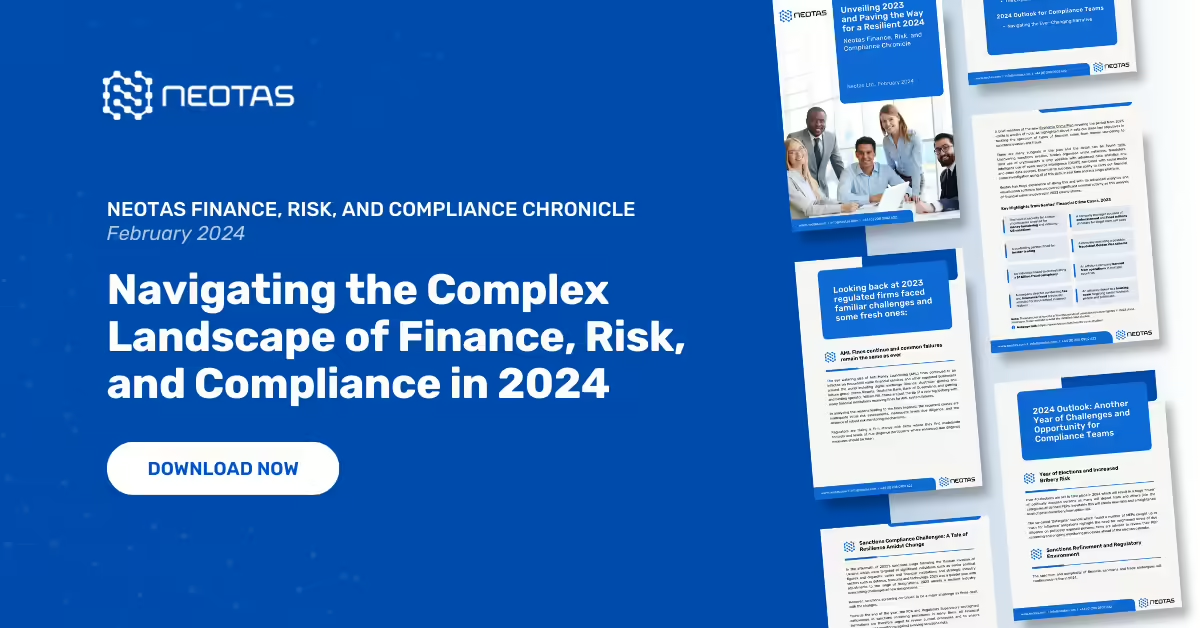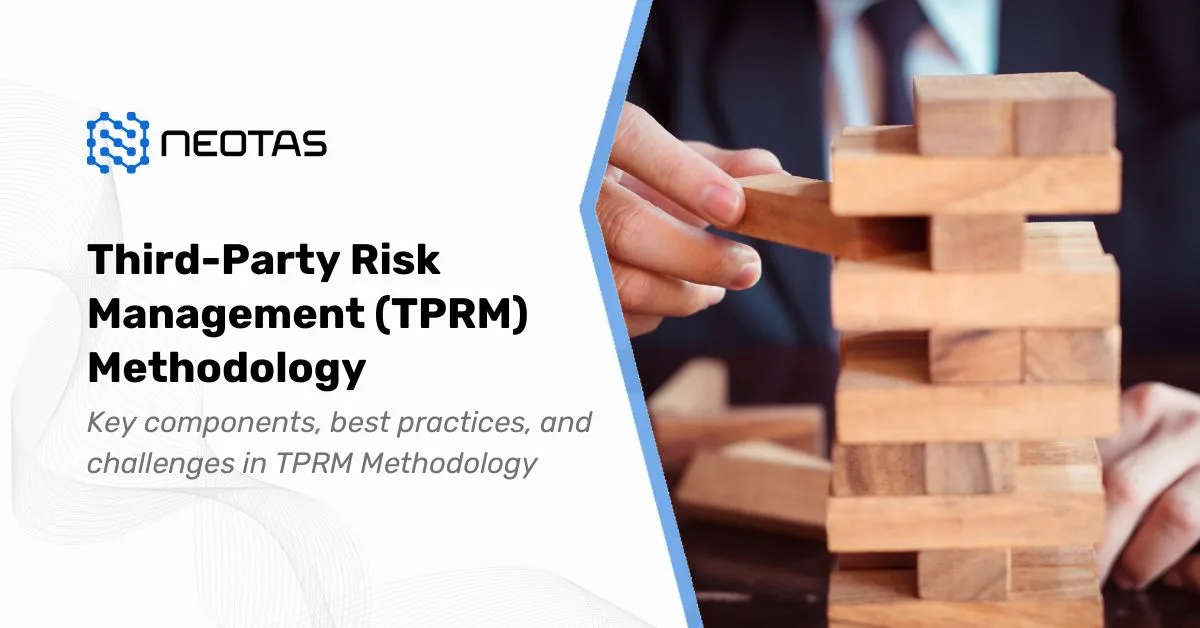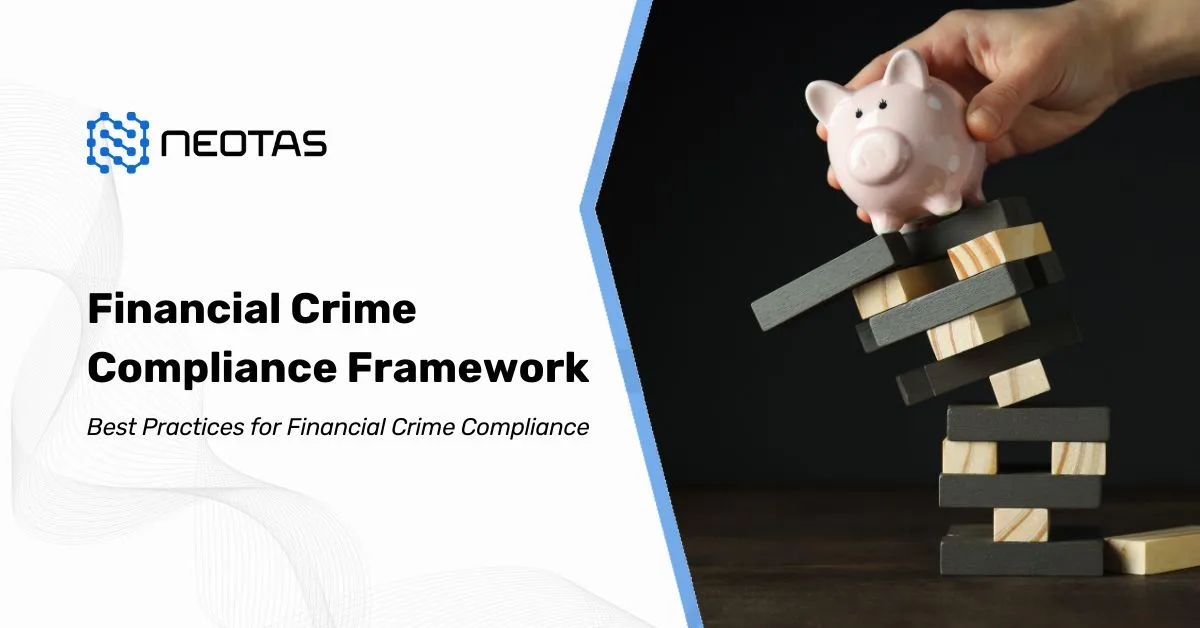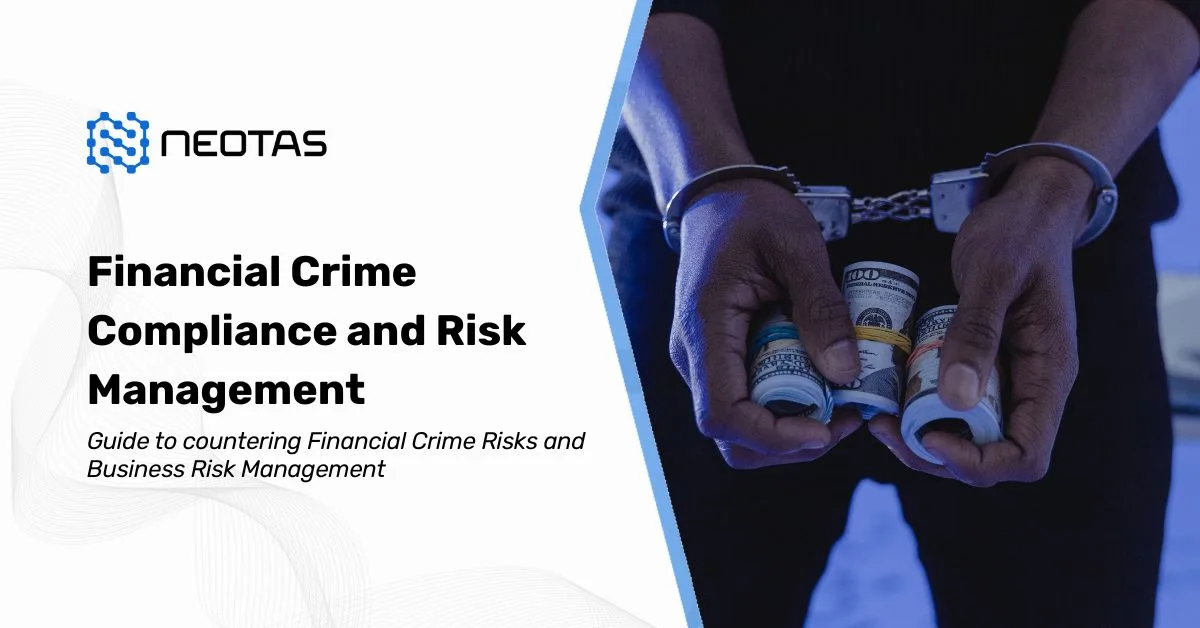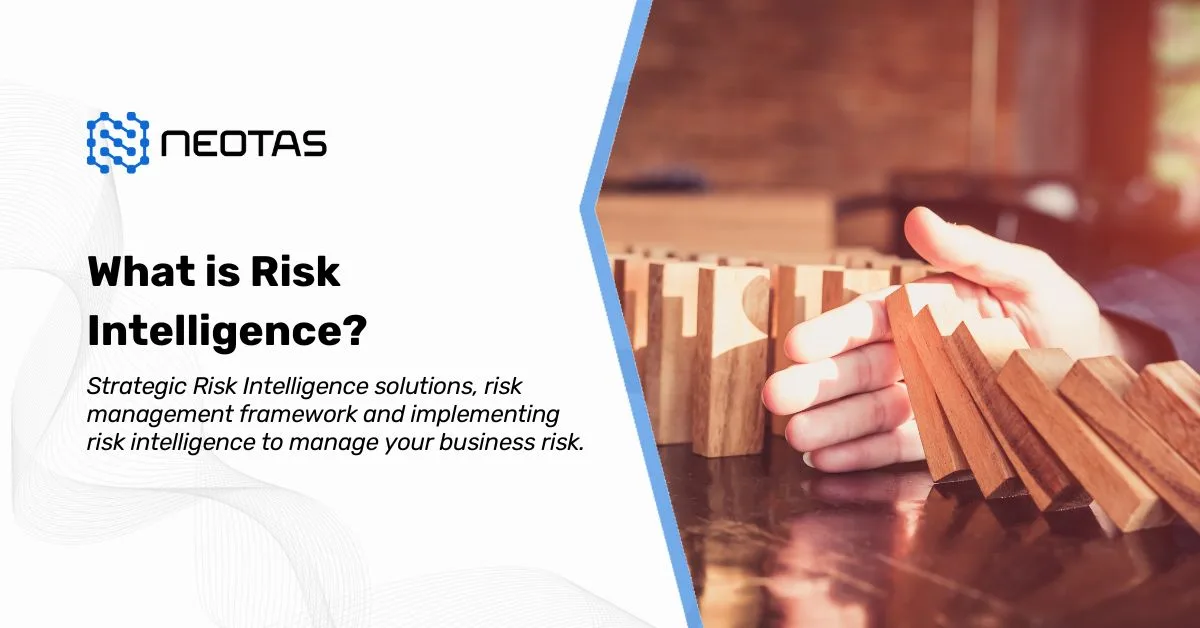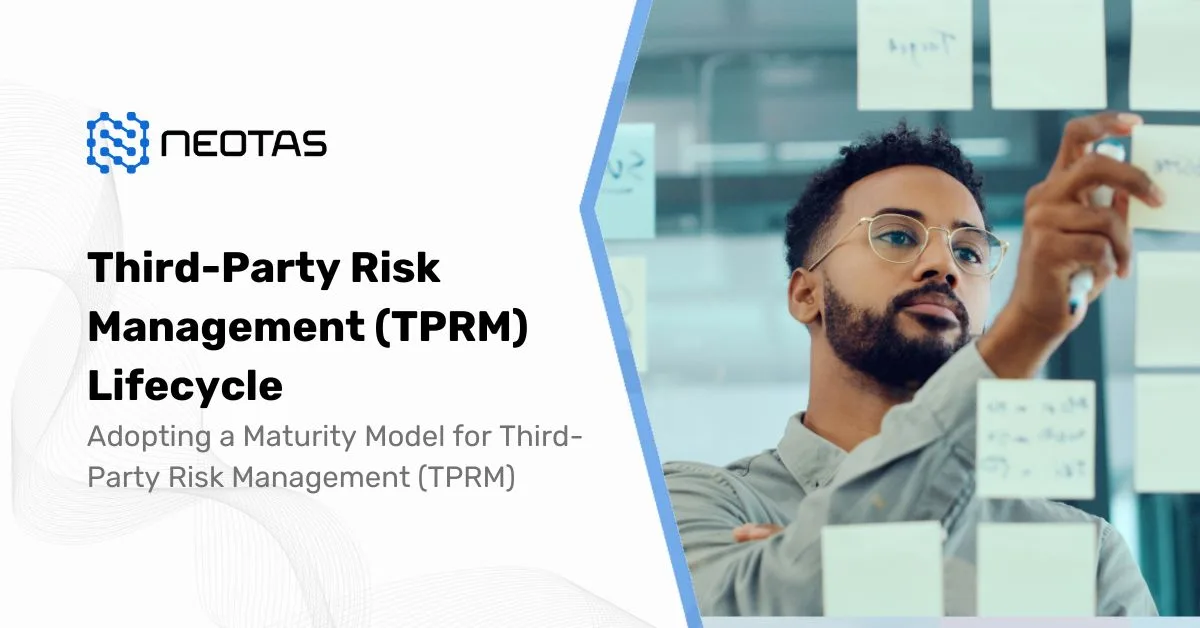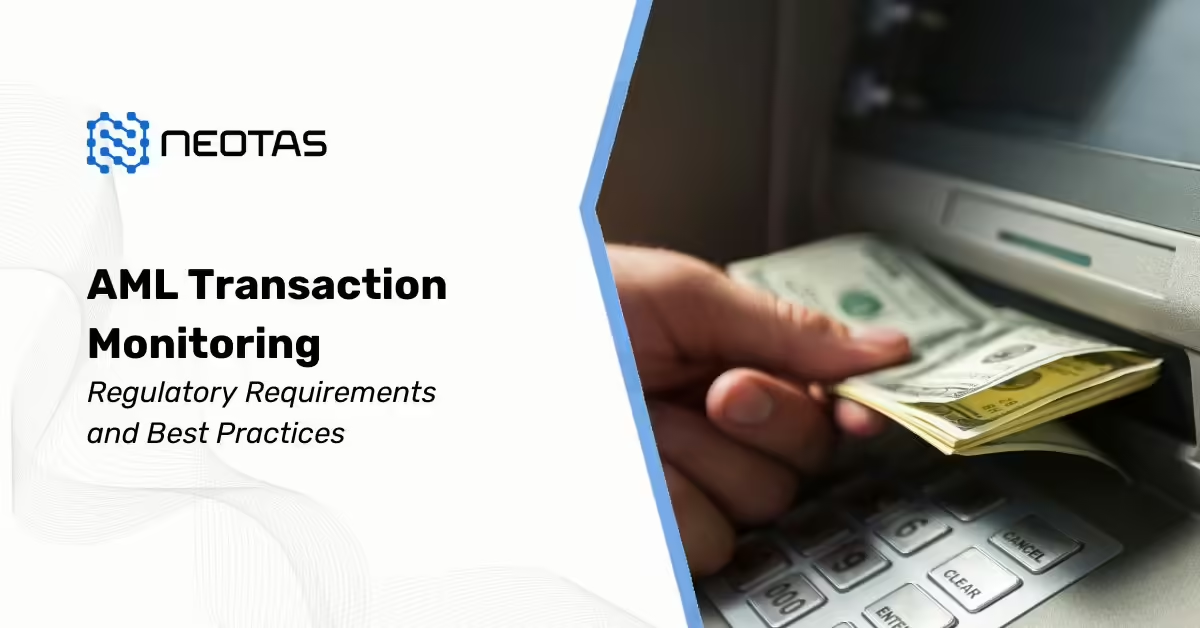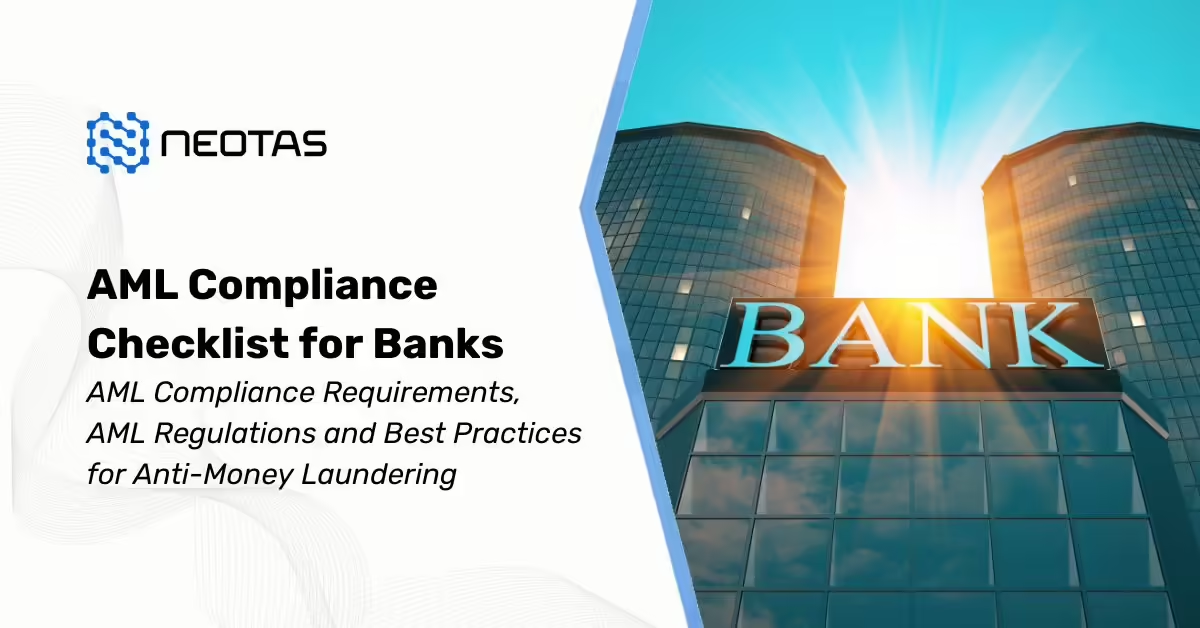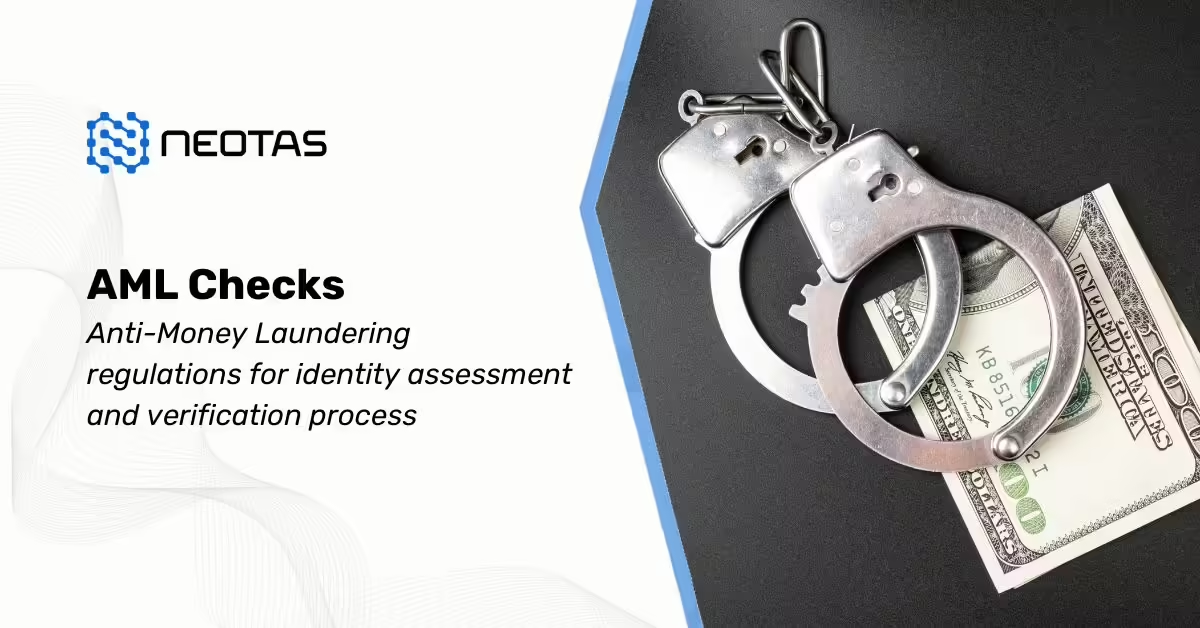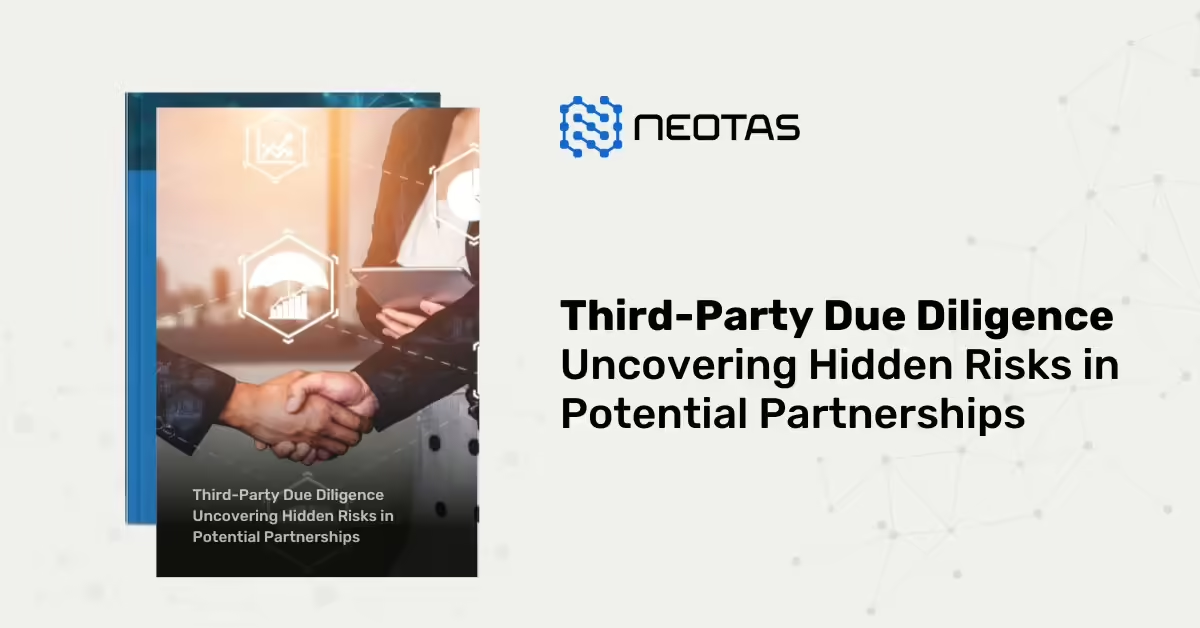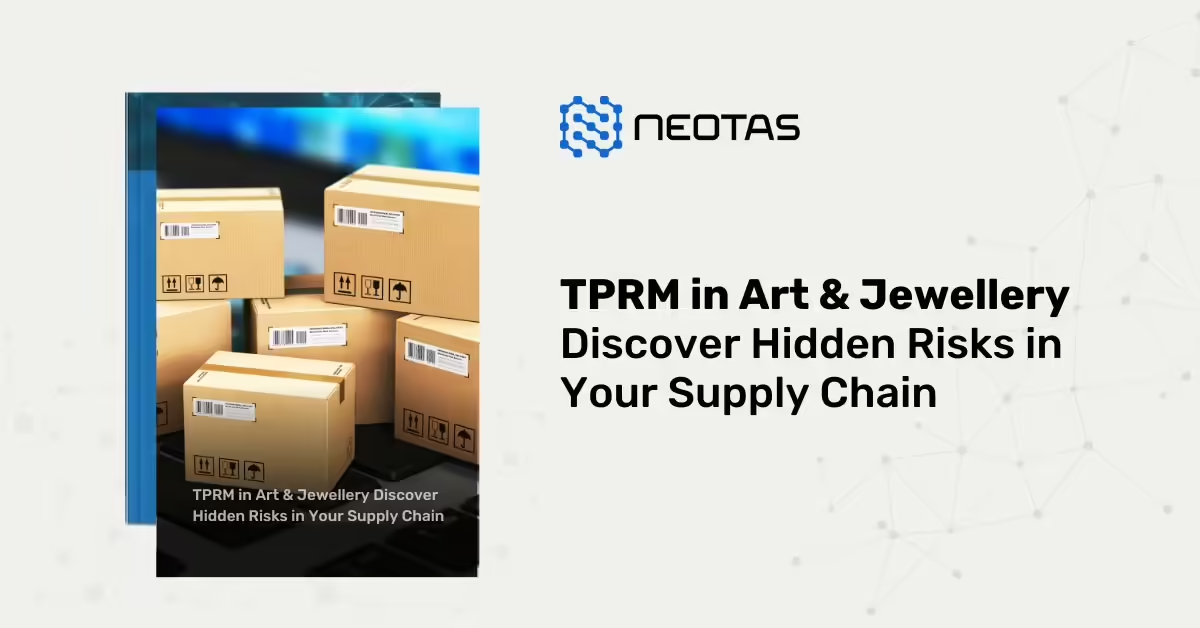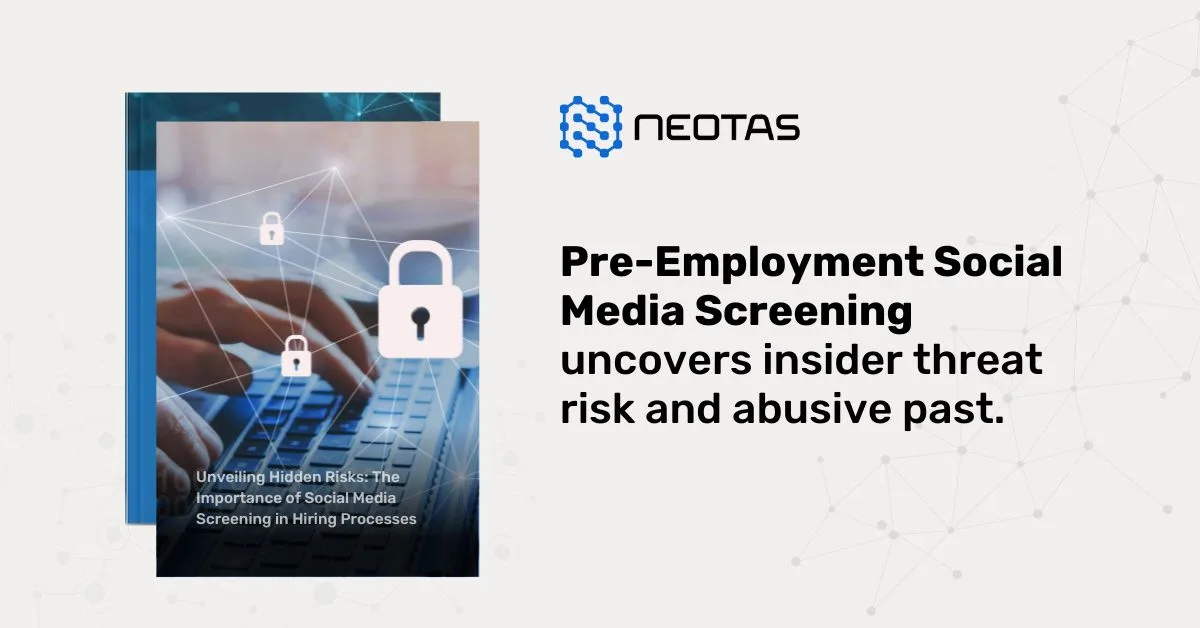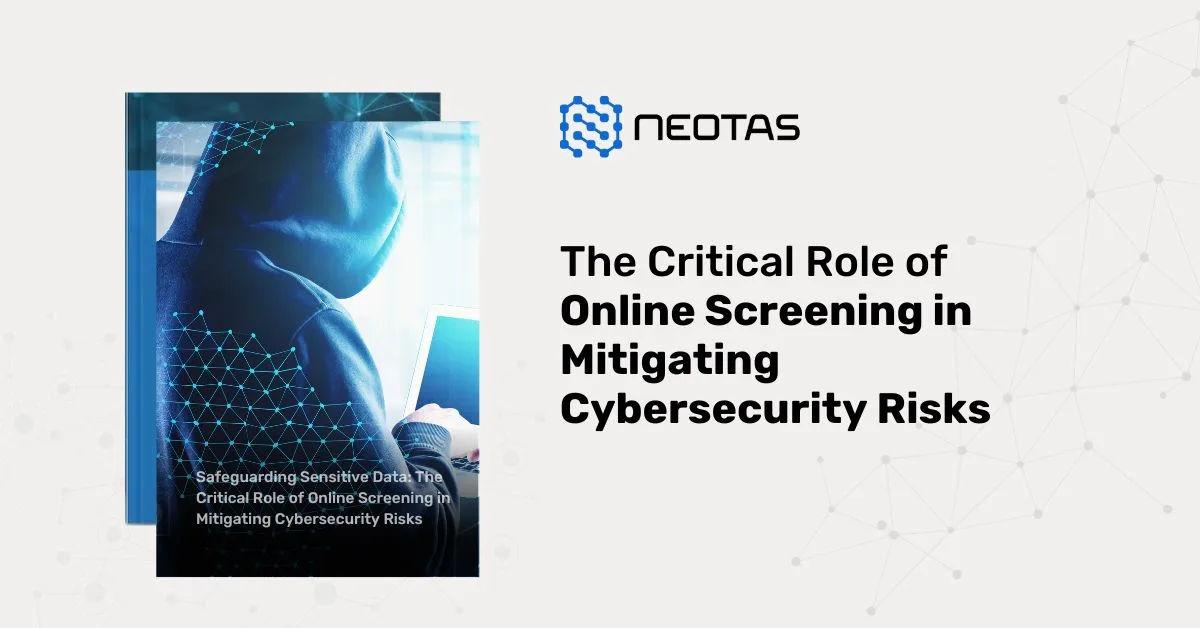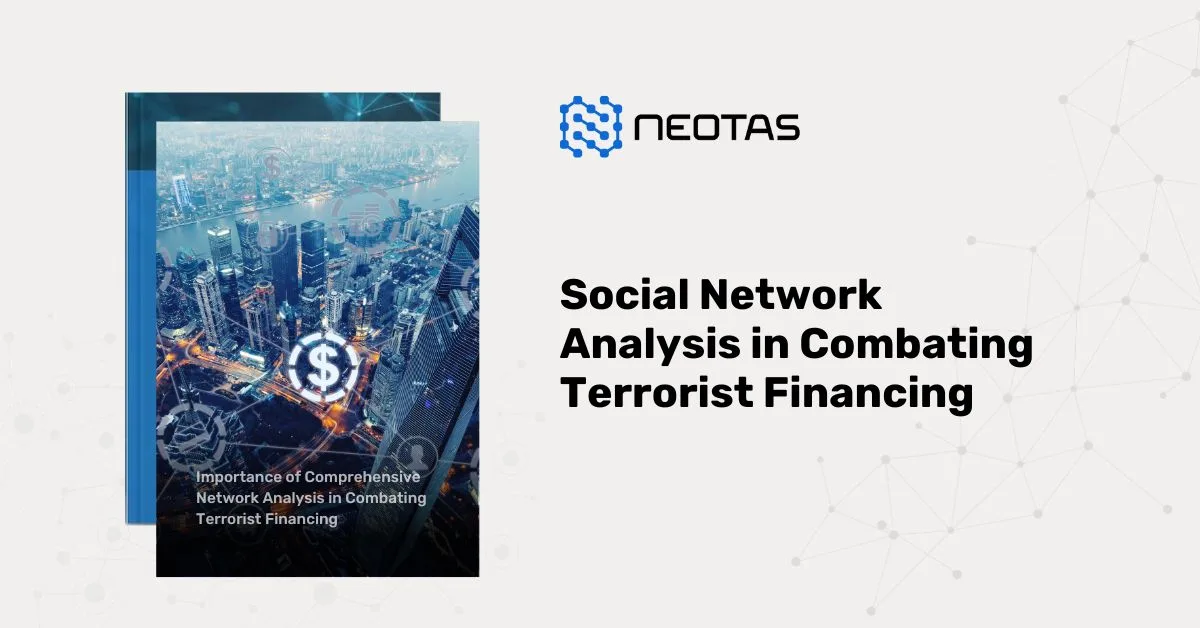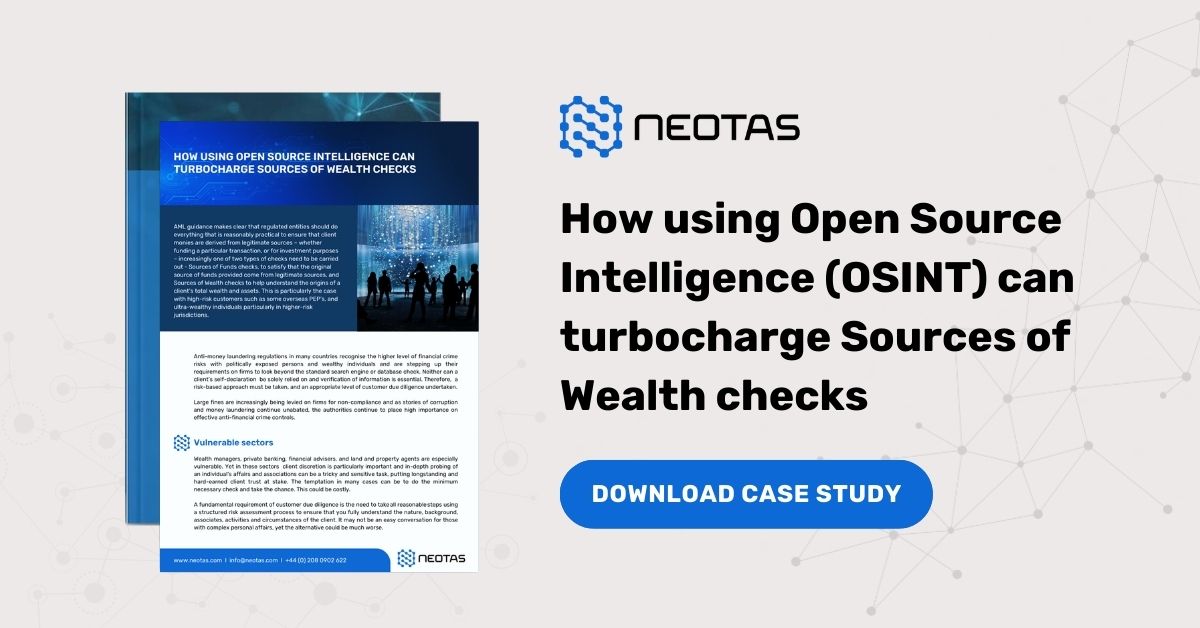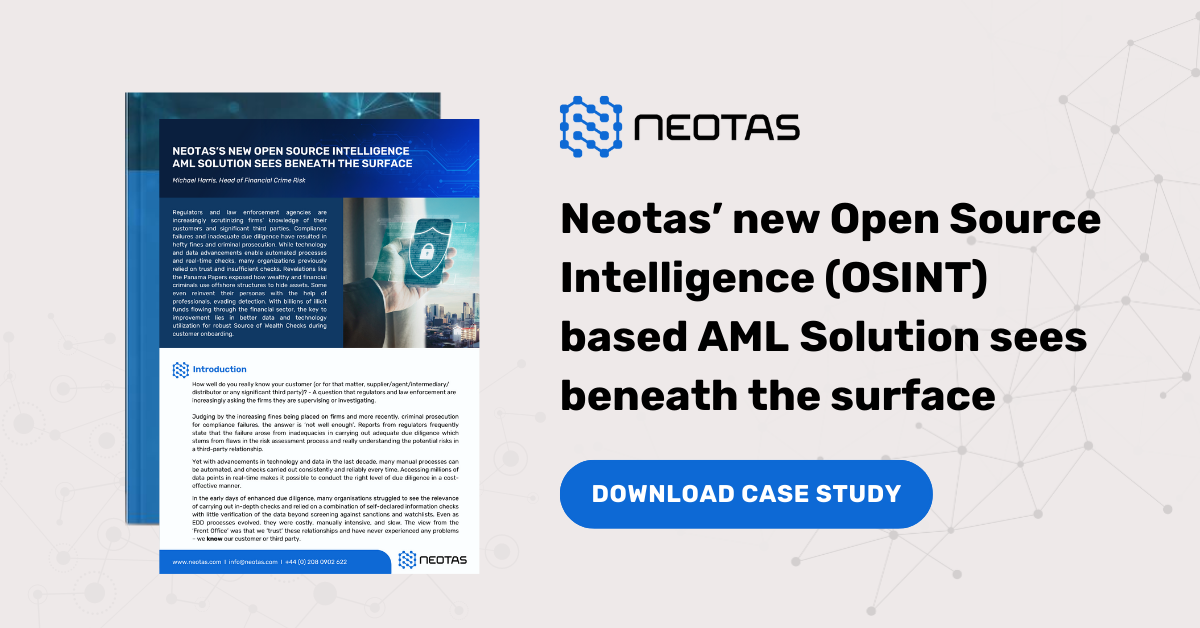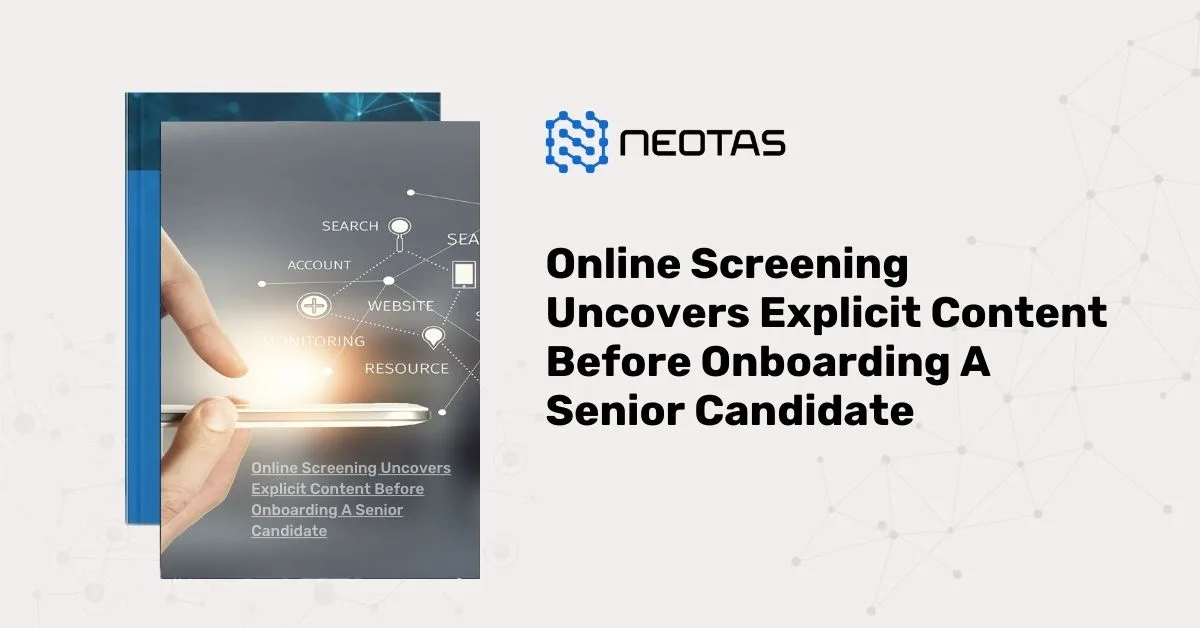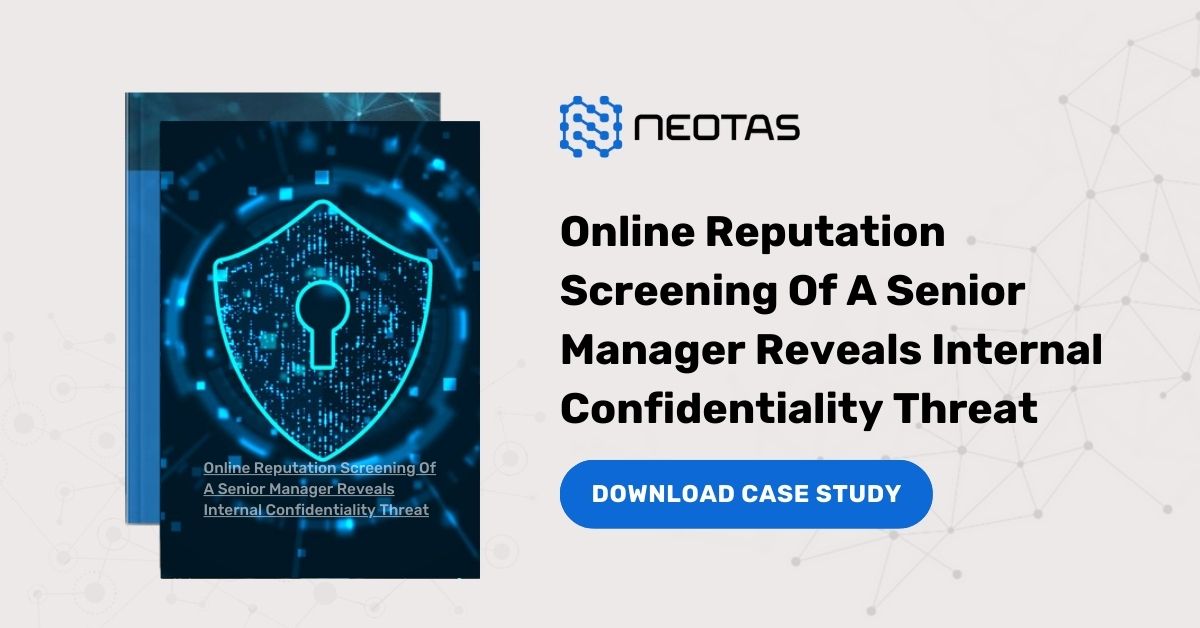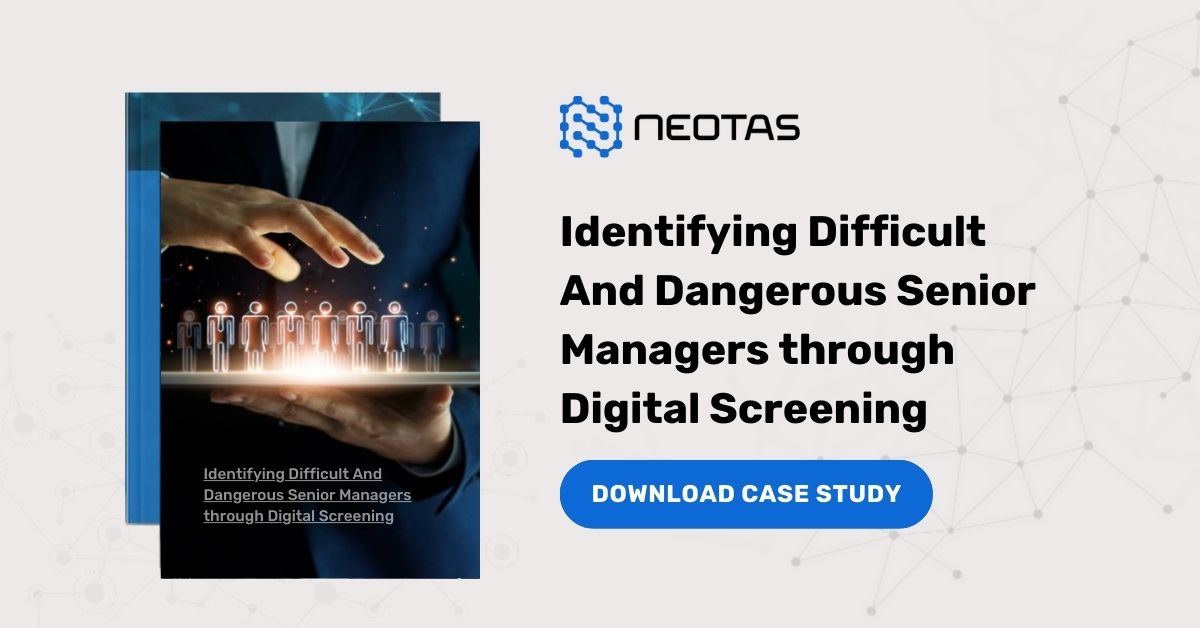How to conduct a TPRM assessment?
Conducting a comprehensive Third-Party Risk Management (TPRM) assessment is a critical process that enables organizations to identify, evaluate, and mitigate the risks associated with their third-party relationships. A thorough TPRM assessment not only safeguards the organization’s security posture but also ensures compliance with relevant regulations and industry standards.
The following steps outline a structured approach to conducting an effective TPRM assessment:
1. Establish a TPRM Framework and Governance Structure:
Begin by developing a robust TPRM framework that aligns with the organization’s overall risk management strategy and governance model. Define clear roles, responsibilities, and accountability for managing third-party risks across various departments, such as procurement, legal, information security, and compliance. Establish a cross-functional TPRM committee or working group to oversee and coordinate the assessment process.
2. Identify and Categorize Third-Party Relationships:
Compile a comprehensive inventory of all third-party relationships, including vendors, suppliers, service providers, and any other external entities that have access to the organization’s systems, data, or facilities. Categorize these relationships based on factors such as the criticality of the services provided, the sensitivity of the data shared, and the potential impact on the organization’s operations.
3. Conduct Due Diligence and Risk Assessment:
Perform thorough due diligence on each third-party entity, assessing their security practices, financial stability, operational resilience, and compliance with relevant regulations and industry standards. Utilize standardized risk assessment methodologies, such as questionnaires, on-site audits, or third-party risk assessment tools, to evaluate the potential risks associated with each relationship.
4. Prioritize Risks and Develop Mitigation Strategies:
Based on the risk assessment findings, prioritize the identified risks based on their likelihood and potential impact on the organization. Develop tailored risk mitigation strategies for high-priority risks, which may include implementing additional security controls, negotiating contractual terms, or terminating relationships with high-risk third parties.
5. Establish Third-Party Contracts and Service Level Agreements (SLAs):
Ensure that all third-party relationships are governed by comprehensive contracts and Service Level Agreements (SLAs) that clearly define the expectations, responsibilities, and obligations of both parties. These contracts should include provisions for data protection, incident response protocols, business continuity measures, and regular risk assessments.
6. Implement Continuous Monitoring and Oversight:
TPRM is an ongoing process that requires continuous monitoring and oversight of third-party relationships. Establish mechanisms for regular monitoring and reporting of third-party performance, security incidents, and any changes that may impact the risk profile. Conduct periodic risk reassessments to ensure that mitigation strategies remain effective and aligned with the evolving risk landscape.
7. Foster Third-Party Collaboration and Communication:
Effective TPRM requires close collaboration and open communication with third-party entities. Establish clear communication channels and regular touchpoints to discuss risk management strategies, address concerns, and share best practices. Encourage a culture of transparency and accountability among all parties involved.
8. Develop Third-Party Risk Awareness and Training:
Implement comprehensive training and awareness programs to educate employees, third-party personnel, and stakeholders about the importance of TPRM and their roles and responsibilities in managing third-party risks. Regular training sessions and updates on emerging threats and best practices can foster a risk-aware culture within the organization.
9. Leverage Technology and Automation:
Consider leveraging technology solutions and automation tools to streamline the TPRM assessment process, enhance data collection and analysis, and improve overall efficiency. Vendor risk management platforms, risk assessment tools, and continuous monitoring solutions can provide valuable insights and support throughout the TPRM lifecycle.
10. Regularly Review and Update the TPRM Program:
Ensure that the TPRM program remains relevant and effective by conducting regular reviews and updates. Incorporate lessons learned, industry best practices, and feedback from stakeholders to continuously refine and enhance the TPRM assessment process. Adapt to changes in the regulatory landscape, emerging threats, and evolving business needs.
By following these steps and implementing a comprehensive TPRM assessment process, organizations can effectively identify, evaluate, and mitigate the risks associated with their third-party relationships. A robust TPRM program not only strengthens the organization’s security posture and compliance adherence but also fosters trust and confidence among stakeholders, ultimately contributing to long-term success and resilience in today’s interconnected business environment.
Read more about Third-Party Risk, TPRM software, and TPRM processes.
Download the TPRM Questionnaire Template
How can Neotas TPRM solutions help?
Neotas offers an innovative solution to businesses grappling with Third-Party Risk Management (TPRM). In an era of increasing outsourcing, TPRM has become pivotal, and Neotas recognises this need. Through our enhanced due diligence platform, businesses can efficiently track and evaluate vendors and contractors, ensuring adherence to security protocols in a cost-effective manner.
The Neotas platform automates the vendor onboarding process, streamlining the addition of new vendors with remarkable ease and speed.
Moreover, Neotas provides a customisable dashboard, enabling businesses to proactively identify and address emerging risks. By consolidating vital vendor information, Neotas facilitates the seamless integration of risk management into existing Customer Relationship Management (CRM) and Supply Chain Management (SCM) systems, ultimately helping businesses maximise profits while minimising risk exposure.
If you’re curious about whether our third-party risk management solutions and services align with your organisation, don’t hesitate to schedule a call. We’re here to help you make informed decisions tailored to your needs.
Third Party Risk Management (TPRM) Solutions:
- Enhanced Due Diligence
- Management Due Diligence
- Customer Due Diligence
- Simplified Due Diligence
- Third Party Risk Management
- Open Source Intelligence (OSINT)
- Introducing the Neotas Enhanced Due Diligence Platform
Third Party Risk Management (TPRM) Case Studies:
- Third Party Risk Management (TPRM) Using OSINT
- Open-source Intelligence For Supply Chain – OSINT
- ESG Risk Management Framework with Neotas’ OSINT Integration
- Open Source Intelligence In AML Compliance | Case Study
- Identifying Difficult And Dangerous Senior Managers
- ESG Risk Investigation Uncovers Supply Chain Risks
- Financial Crime Compliance & Risk Management Trends
- Network Analysis Reveals International Links In Credit Risk Case
- Network Analysis and Due Diligence – Terrorist Financing
- Using OSINT For Sources Of Wealth Checks
- ESG Risks Uncovered In Investigation For Global Private …
- PEP Screening: Undisclosed Political Links Uncovered For European Organisation
- Risk-Based Approach (RBA) to AML & KYC risk management
- Anti-Money Laundering (AML)

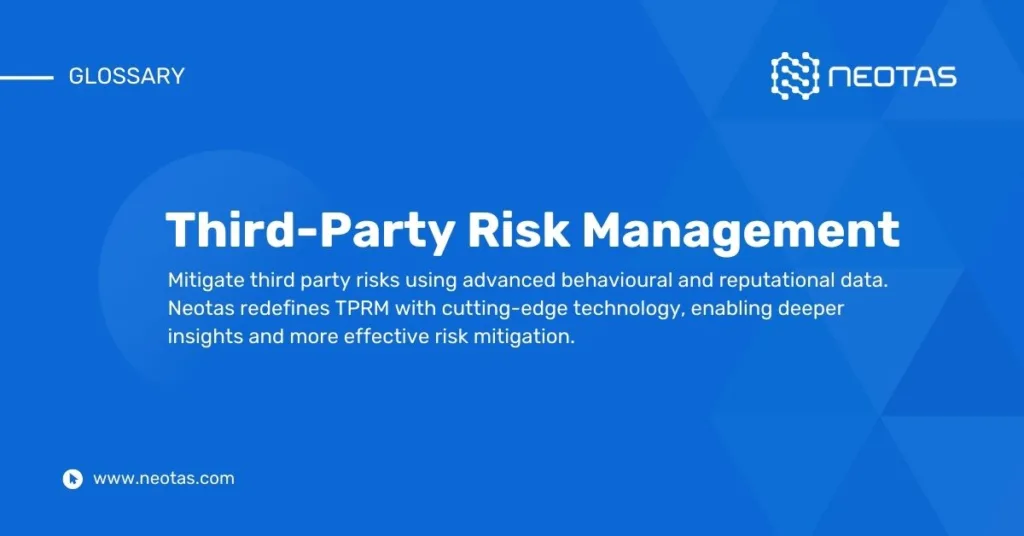

 Financial Crime Compliance Trends 2024
Financial Crime Compliance Trends 2024